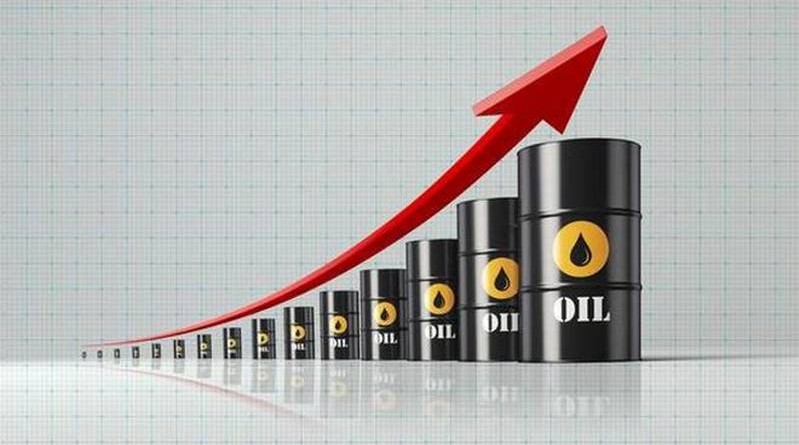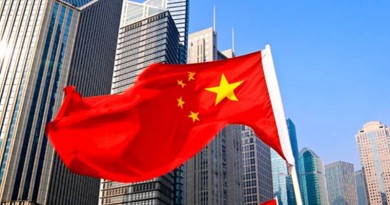Nigeria loses 320,000 bpd crude oil to US as India, China take deliveries
India and China have turned to the United States of America (USA) for their supply of crude oil despite Nigeria’s sweet crude oil’s refining ease.
Reuters trade flows data shows that 320,000 barrels per day (bpd) of U.S. crude will travel to China this month, compared with 280,000 bpd in June last year, which has directly undermined Nigerian flows east.
Differentials for Nigerian crude was unchanged on June 15, as sellers remained reluctant to offer cargoes into a market already perceived to be fairly heavily oversupplied, traders told Reuters.
West African grades have to compete increasingly fiercely against U.S. and Latin American crudes for market share in Asia. This has created one of the largest surpluses, particularly in Nigerian oil, for several years, traders said this week.
In August, 2017, India’s Hindustan Petroleum Corporation showed signs it was considering dumping Nigeria’s sweet crude for US oil. This came less than three years after the Americans stopped imports of Nigerian oil. When the US stopped the purchase of Nigerian oil under Barack Obama, Nigeria turned to Asia, particularly India and China for oil sale.
In 2015-16, India imported nearly 23.7 million metric tonnes (MMT) of crude (nearly 12 percent of India overall imports) and over 2 million metric tonnes per annum (MMTPA) of liquefied natural gas (LNG) from Nigeria, according to the Nigerian National Petroleum Corporation (NNPC).
Chinese and Indian buyers are taking increasing amounts of U.S. crude, not least because the discount of U.S. benchmark futures to dated Brent — against which West African grades are pegged — hit its widest in three years late last month.
Reuters trade flows data shows that 320,000 barrels per day (bpd) of U.S. crude oil will travel to China this month, compared with 280,000 bpd in June last year, which has directly undermined Nigerian flows east.
Differentials for Nigerian crude oil was unchanged on June 15, as sellers remained reluctant to offer cargoes into a market already perceived to be fairly heavily oversupplied, traders told Reuters.
West African grades have to compete increasingly fiercely against U.S. and Latin American crudes for market share in Asia. This has created one of the largest surpluses, particularly in Nigerian oil, for several years, traders said this week.
In August, 2017, India’s Hindustan Petroleum Corporation showed signs it was considering dumping Nigeria’s sweet crude for US oil. This came less than three years after the Americans stopped imports of Nigerian oil. When the US stopped the purchase of Nigerian oil under Barack Obama, Nigeria turned to Asia, particularly India and China for oil sale.
In 2015-16, India imported nearly 23.7 million metric tonnes (MMT) of crude oil (nearly 12 percent of India overall imports) and over 2 million metric tonnes per annum (MMTPA) of liquefied natural gas (LNG) from Nigeria, according to the Nigerian National Petroleum Corporation (NNPC).
Chinese and Indian buyers are taking increasing amounts of U.S. crude, not least because the discount of U.S. benchmark futures to dated Brent — against which West African grades are pegged — hit its widest in three years late last month.




